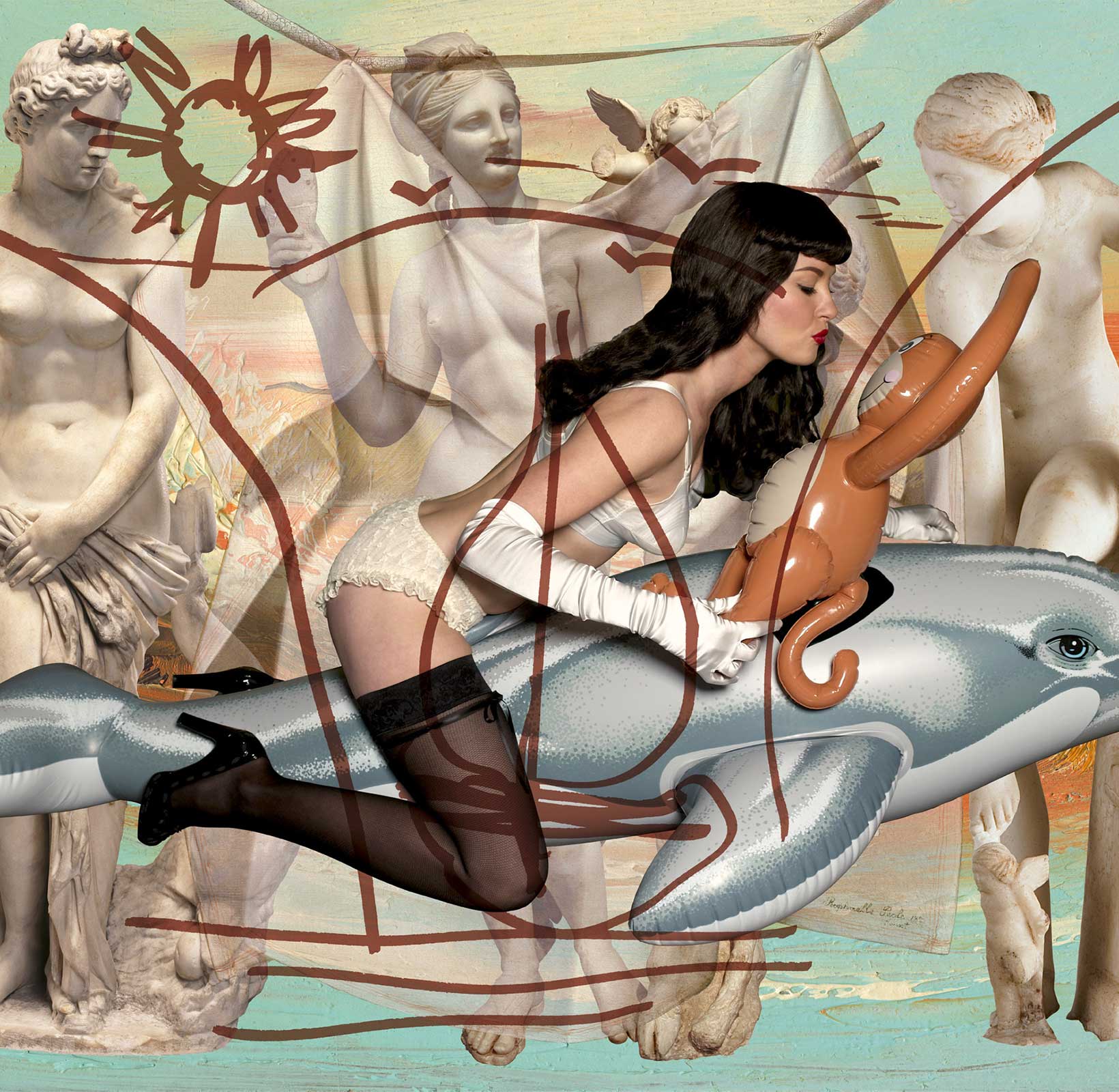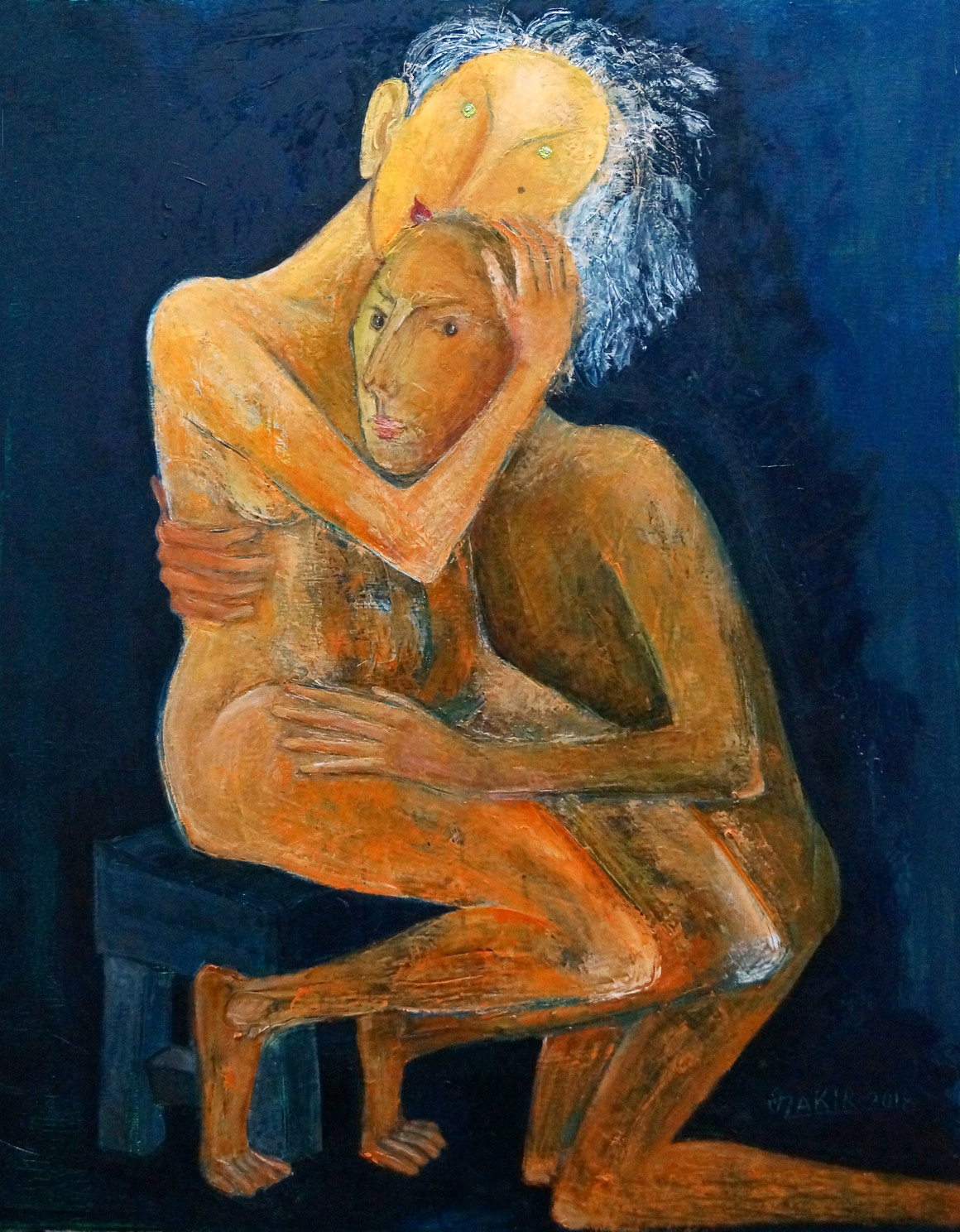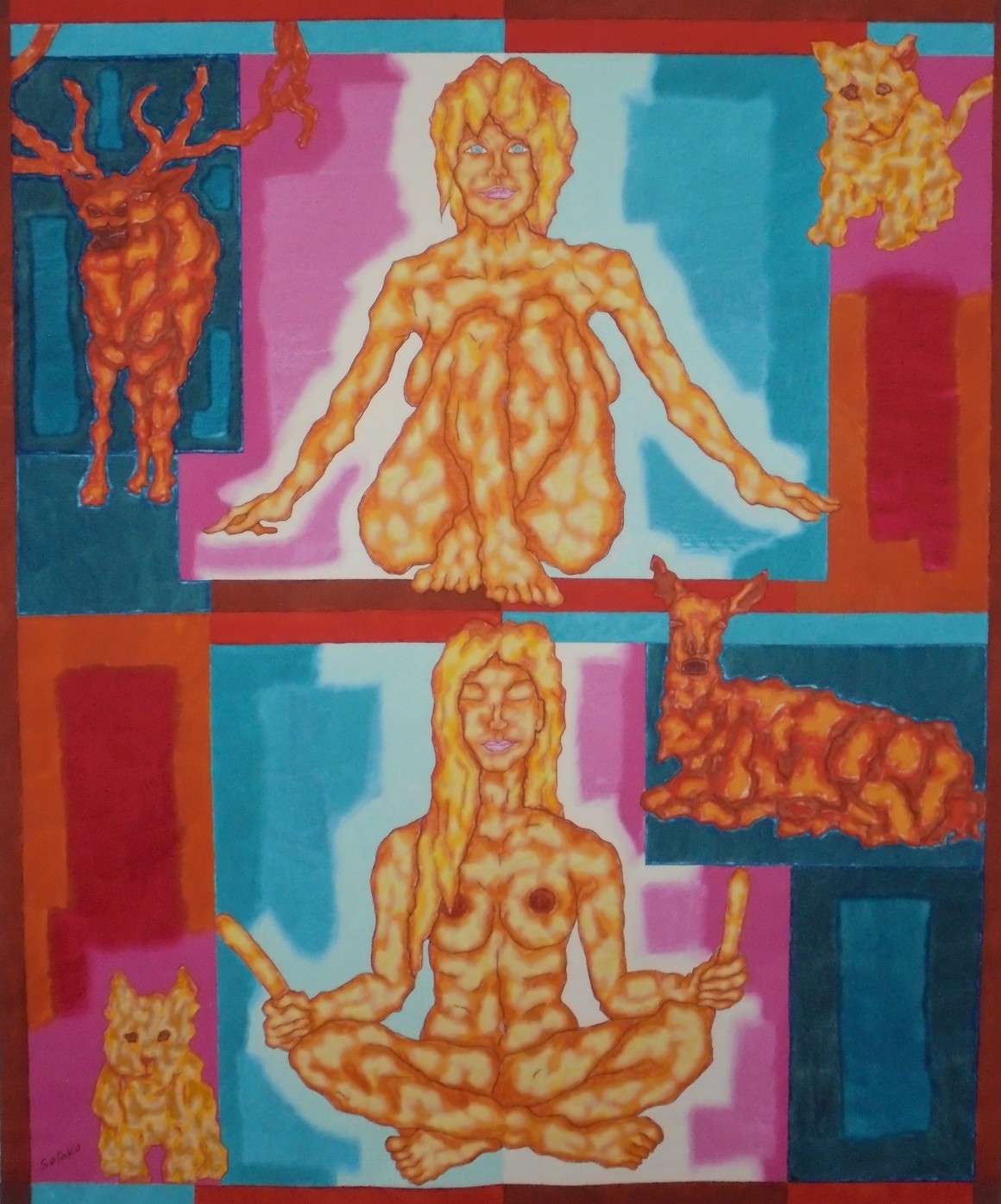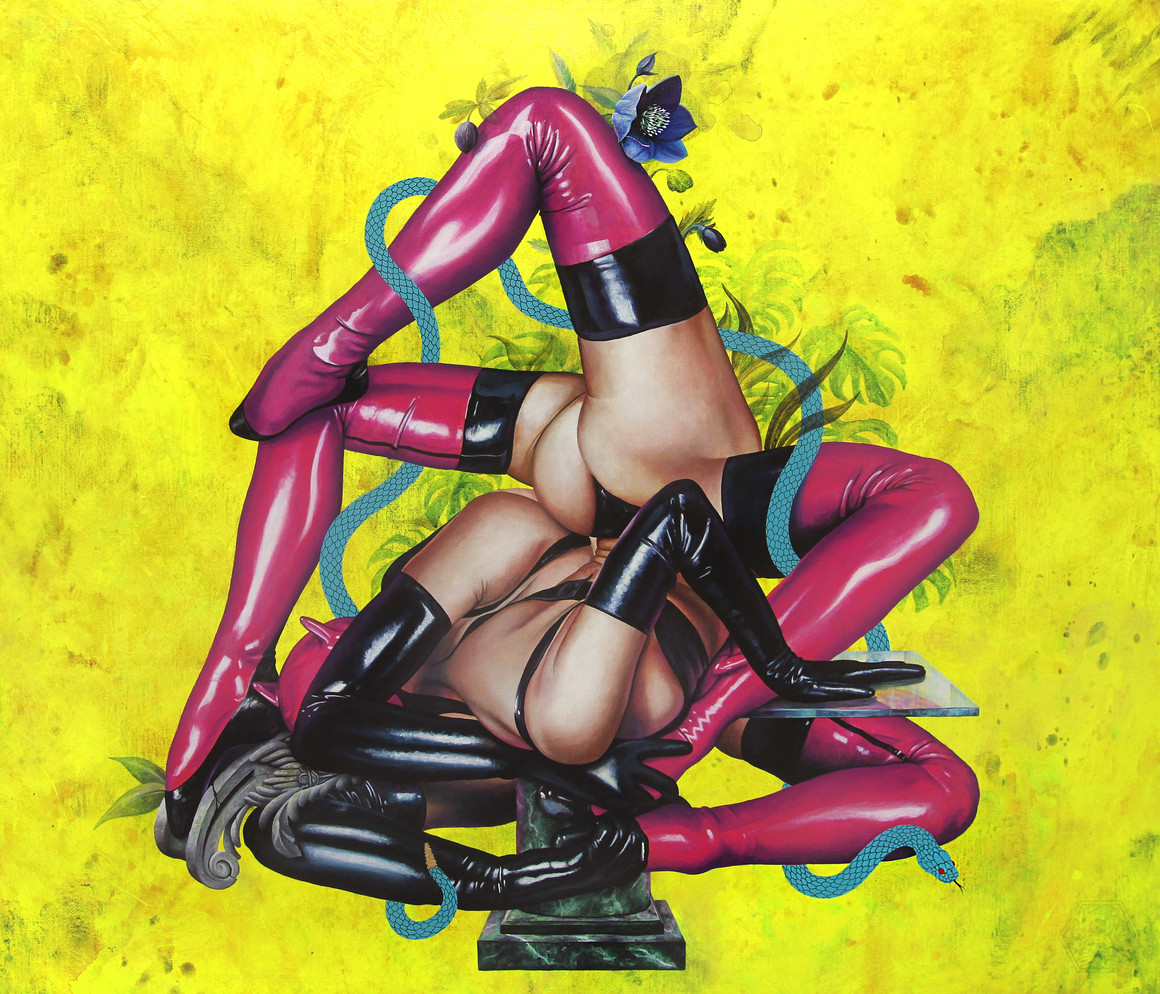Erotic art is often viewed as taboo. But the philosophy of erotica plays an important role in portraying, capturing, and accepting humanity. [caption id="attachment_1085" align="alignleft"...
Erotic art is often viewed as taboo. But the philosophy of erotica plays an important role in portraying, capturing, and accepting humanity.

While the 20th and 21st century saw an attempted suppression of the philosophy of erotica, it continues to be an important and celebrated artistic style. In all the biggest art galleries around the world, nude art is prominently on display. Of course, it is not without erotic art controversy and its history.
Embracing Human Nature Through Erotic Art
Descartes and Hobbes are proponents in an attempt to suppress erotic art. They believed that erotic desire was subversive and detrimental to the modern age. That our natural longings and lust would distract from advancement.
Art, however, is subversive. It provokes an emotional response triggered by our basest desires. Erotic art, in this way, is perhaps the most honest artistic style – appealing to our natural impulses and selves.
An attempt to suppress these desires is denying who we truly are. Whereas embracing erotic art allows for us to reach a true expression and acceptance of self.

Plato took it a step further. The word “erotica” comes from the Greek word “eros,” meaning love or passion. For Plato, the pursuit of eros was a means of ascension.
He proposed that humanity’s true desire is for immortality. We seek immortality through procreation, a means of continuing the self. In this way, eros transcends human existence. As such, the pursuit of erotic art is not only in harmony with our base nature, but a means of achieving our true desires.
The Fallacy of Immaculate Perception in Art
Immaculate perception is the idea of aesthetics that are completely void of desire. Philosophers like Kant and Schopenhauer deny erotica from art because they elicit an emotional response by invoking lust. This is a fallacy because all art derives a response through provoking desires.

Nietzsche defends the erotic. Art for the sake of aesthetics is a pursuit of beauty. The ultimate result of all beauty is procreation, “from the most sensual to the most spiritual.” Art devoid of desire is art devoid of aesthetics.
Philosopher Richard Shusterman emphasizes that sexual experiences and expressions are themselves aesthetic. As such, erotic art is an undeniable art form. He also found that the philosophy of erotica as important in the study of somaesthetics.
Somaesthetics
Somaesthetics is the study of bodily perception, performance, and presentation. It emphasizes the concept of the body beyond the physical. The incorporation of erotica creates mindfulness of the body’s desires.
Beyond Physical
Erotic art goes beyond physical. It communicates emotions and feelings that invite a response, with or without including nudity. Sensual and sexual pleasures are evoked through erotica and provocative art.

The collection and display of erotica can evoke passion, setting a tone amongst lovers. Or it can provoke an emotive and reflective response. Philosophy of erotica can be empowering, sexual, or romantic, but in all forms, it is a source of honest aesthetic pleasure.